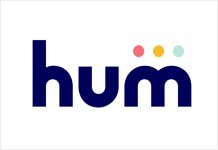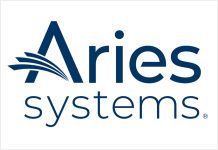Elsevier, a world-leading provider of scientific, technical and medical information products and services, announces the next step in enhancing its article page design on ScienceDirect. Following initial changes made earlier this year, moving away from the traditional linear article by improving in-article navigation and readability, the article has now been further transformed into an interactive HTML format.
As online research continues to evolve, researchers are finding a greater need to employ new publication, search, and discovery tools that help streamline their workflow and improve expediency. The recently launched enhancements address these challenges, offering researchers more interactive ways to efficiently pursue online research communication. These recent enhancements include:
Downloadable tables and PowerPoint presentations that encourage re-use and citation
The ability to view references with their abstracts, without losing place in the current article
Additional context from related and citing articles as well as from external databases
Discipline-specific content, interactive visualization and workflow applications
“Science, by its very nature, produces a lot of data, so the ability to manage and use this information effectively is an essential component to the success of the research process,” said Olivier Dumon, Managing Director for Elsevier’s Academic and Government Research Markets. “Our on-going enhancements of the ScienceDirect article page are an example of how Elsevier’s leadership in delivering science information supports the needs of the global research community.”
“Enhancing the article page offers researchers the right tools to disseminate, consume and understand research while better managing the overwhelming volume of information available,” said IJsbrand Jan Aalbersberg, Senior Vice President, Journal & Content Technology at Elsevier. “With the Article of the Future project, the driver behind the enhanced page format, Elsevier shows that we continue to invest in improving both discipline-specific research communication and workflow solutions.”


























